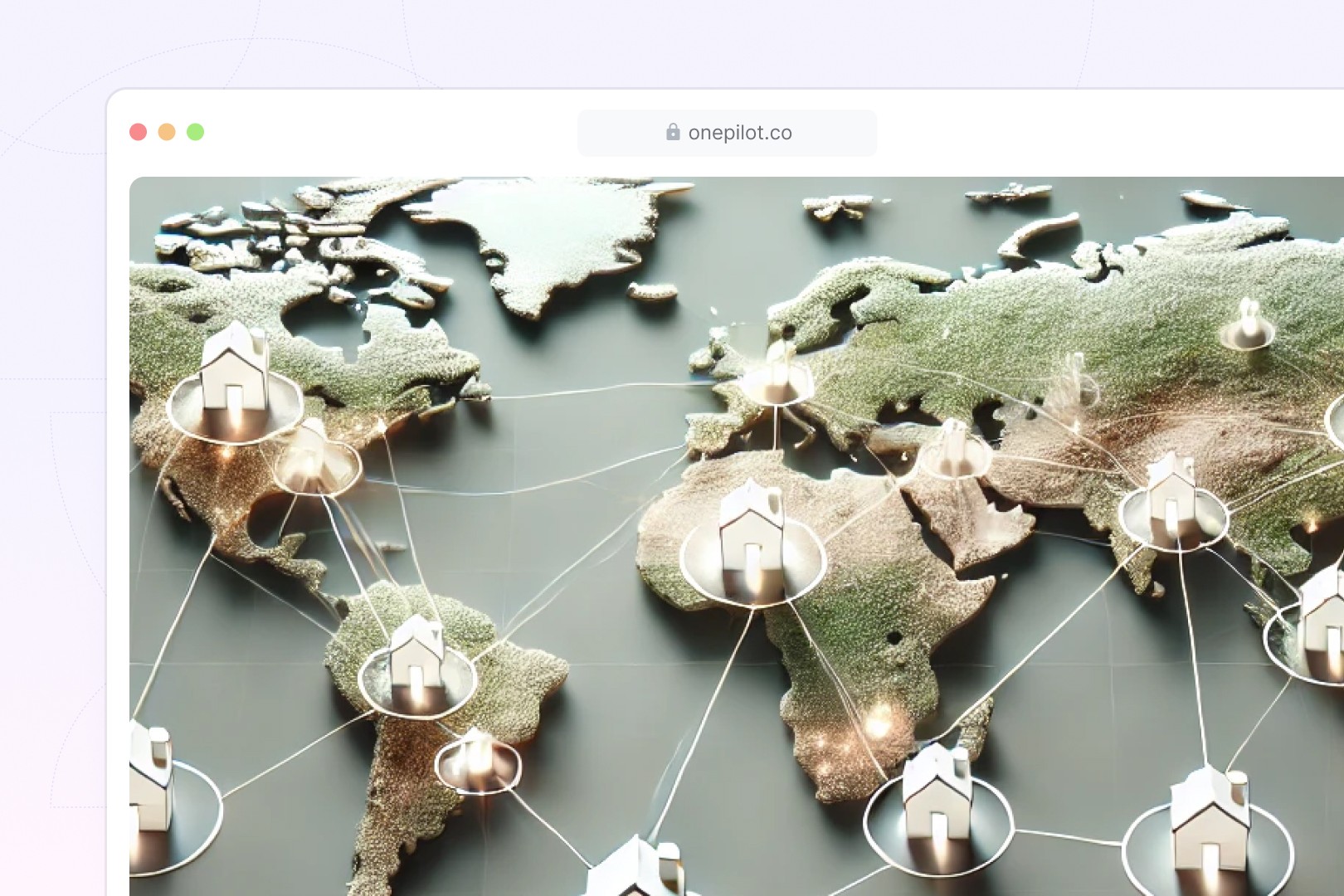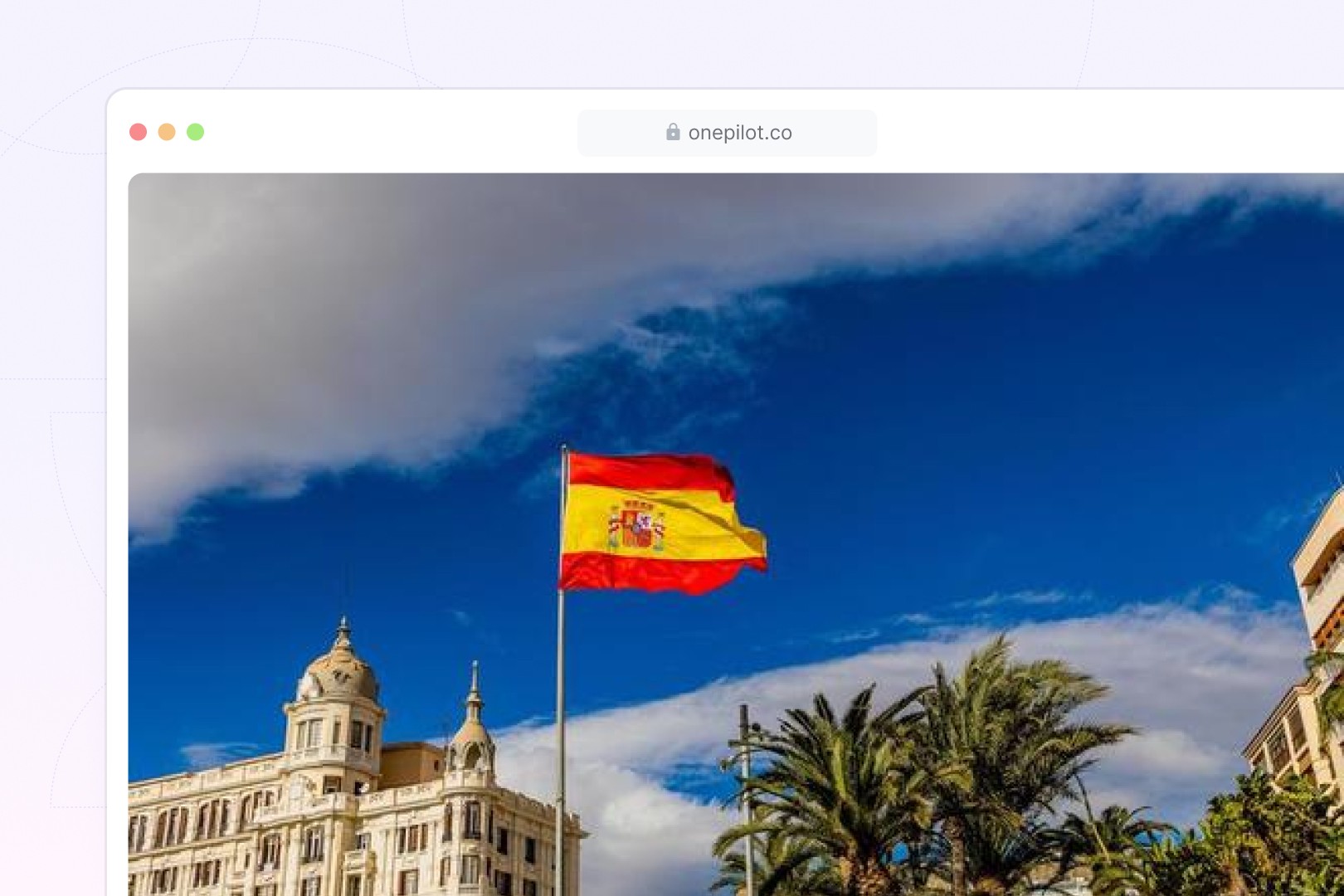Tips
March 22, 2022
Is there something customer care cannot do?
Not only will this be much less expensive, but this will also allow you to address that audience during your high season with ads and organic content aimed at selling. The result: while spending 4 times less on social media during the off-season, you will be able to grow your audience organically, and therefore address more potential customers once the high season comes.
Here at Onepilot, we believe that customer care can help brands grow in many - any? - ways. And just to test our theory, we met with Coudac, the French startup that crafted a unique approach to Facebook, Instagram & Tiktok advertising that combines high-performance creative production with advanced media buying methods, and talked about how customer care can help you drive your acquisition up the roof.
As a result, we were super happy to be proven right: customer care and acquisition can, and actually should, work together.
Today, we will talk about how customer care can help you further your branding during off-seasons.
As we were speaking with Coudac, the french social media advertising company, one of their recommendations struck us: do not treat off-season the way you treat high-season. While high season (let’s say, before summer for a travel agency or before Christmas for a chocolate company) should see lots of spending both on advertising and customer care so as to drive growth, the off-season should be dedicated to longer projects.
For Coudac, this moment should be spent focusing on working on your brand and growing your audience. And, guess what? Customer Care will be your best friend here, too.
So, today, let’s talk about how your customer care can help you further your branding, grow your audiences, and perform better in the long run.
Why is knowing your Customers important?
Because the right words let you perform better.
A few months ago, Coudac was seeing terrible performances on an acquisition campaign they were running for one of their clients. After several tries, they came to the conclusion that they actually didn’t know enough about their personas, and more precisely about why their customers loved the product, and how they spoke about it. So, they went on a mission to uncover it all. They sent surveys to all of their end-users, dissected their answers, and crafted new messages. And it worked: Coudac saw their CPA diminish by 27% month-on-month.
For Coudac, the explanation is simple: social media users now need ultra personalised and interesting, high-value content to interact with your brand. And the only way to do this is to know them by heart.
Because a relationship-centric company creates relationships.
Focusing on your customers will also enable you to play the long game: building lasting relationships with your customers. The more you know your customers, the better you can communicate with them, and the better you communicate with them, the more they communicate with you.
Creating a strong relationship with your audience, based on mutual understanding, creates brand loyalty. It also promotes User Generated Content creation, which can be used to communicate on your brand. All in all, knowing your customers and being customer-centric may lead you to a snowball effect in which your ads and organic contents get more traction by themselves.
Want to learn more about how to use your customers’ words for your ads? Read our article: Acquisition & Customer care: how to lower your CPA by 27% MoM by using your customer's words - with Coudac.
How can you know your Customers better?
Use your customer care team to understand the voice of the customer
It’s off-season, and now that you don’t have a thousand tickets to answer to every day, it might be time to use your customer care team in the best possible way: by making them understand the voice of your customers.
To do this, you can start using your tickets by trying to determine how your customers speak.
The main key components of speech that you will be looking for are:
The linguistics of your customers
The communication modes used by your customers
What do your customers expect from your products?
Linguistics
The main focus will be to understand how your customers speak: what types of speech do they use? Do they like emojis? Which ones? Do they get straight to the point, or are they engaging with you on a more personal level?
All of these cues will help you understand your personas, and the way you can address them efficiently.
For instance, Vybe, a french company that offers banking solutions to Gen Z, quickly realized that their customers used casual or even intimate speech with their customer care agents and that they hated formal speech answers.
Modes of communication
When, where, and in which manner do your customers prefer to speak with you? Do they prefer to use the phone, are they more driven to your social media? Do they engage with you while they’re at the office, or during the weekend? With these questions, you will be able to determine the best way to actually engage with your customers. For instance, the best times to post on social media or to send out your newsletters.
What your customers expect from your products and services
What are the words used by your customers when they speak about your products? What are the reasons unhappy customers are contacting you? Which emotions did you create?
With all of these answers in mind, you will be able to know the types of information, emotion, and promises you can use when crafting your messages.
Find out what your customers want in terms of customer experience.
The last part in your discovery of your clients should be done by pairing your customer care team with your marketing team.
Your objective here is to further your knowledge of what really makes your customers tick; to do this, you should try and analyse the types of ads that work better with your customers, and the types of content they interact with more.
Here is, for instance, a play-by-play on how to create the best ads for your company, by Theo Lion, Coudac’s founder. Theo Lion, Founder of Coudac, shares his secret sauce to create great ads on Facebook:
1- What are the 5 arguments that my clients use to describe my product to their friends?
2- Use each of these in a “Problem - Solution - Proof of credibility - answer to objections” story
3- Use these elements to create 4 scroll stoppers
4- Create variants of this format as a portrait video, an image, a carousel, and a story
5- You now have 5x4x4 = 80 variations
6- Publish, keep the 5 best performances & find 5 different hypotheses as to why they worked
7- Go back to step 2

Theo Lion, Founder of Coudac, shares his secret sauce to create great ads on Facebook:
1- What are the 5 arguments that my clients use to describe my product to their friends?
2- Use each of these in a “Problem - Solution - Proof of credibility - answer to objections” story
3- Use these elements to create 4 scroll stoppers
4- Create variants of this format as a portrait video, an image, a carousel, and a story
5- You now have 5x4x4 = 80 variations
6- Publish, keep the 5 best performances & find 5 different hypotheses as to why they worked
7- Go back to step 2
What to do with your new knowledge of your customers
Use your Customer Care to carry your branding
Did you know that while newsletters have an average opening rate of 25%, transactional messages have an 80% average opening rate?
And support messages? Here at Onepilot, we can attest to an average opening rate of 97%!
That is not a surprise, in itself, since customers who contact you actually expect an answer. However, it shows that a very effective way to communicate with your customers is to use your customer care materials: your emails, macros, and even telephone lines as branding materials.
In the same fashion, be aware that your customer care policies are a huge reflection of your brand. A company wanting to be inclusive, for instance, should provide ways to be contacted that ensure equitable access. The amount of time you take to answer, the type of commercial gestures, the channels that you offer to your customers, the hours at which you provide service, are a part of the image that you will send out to your customers.
Finally, think about all the ways you could be using your Customer Care for marketing purposes.
You’re launching a new product? Use your Customer Care to promote it, gather feedback, and encourage reviews.
You’re offering promotions or having special offers? Use all of your CC channels to communicate on them.
Perform better on your ads
Now that you know so much about your customers and your audience, you’ve successfully managed to transform your customer care into a branding tool and a communications tool.
The last aspect of your off-season project will be the one your CFO loves the most: you get to perform even better on ads, right now and in the long run.
If we get back to our initial conversation with Coudac, you probably remember that we were talking about how the off-season should be used to grow your audience. Now is the time!
Coudac recommends using all of your new user knowledge to craft top-of-funnel ads with the objective of growing your audience by creating high-value content that will engage your audience, without aiming at conversions.
Not only will this be much less expensive, but this will also allow you to address that audience during your high season with ads and organic content aimed at selling. The result: while spending 4 times less on social media during the off-season, you will be able to grow your audience organically, and therefore address more potential customers once the high season comes.
Stay informed with the latest guides and news.




